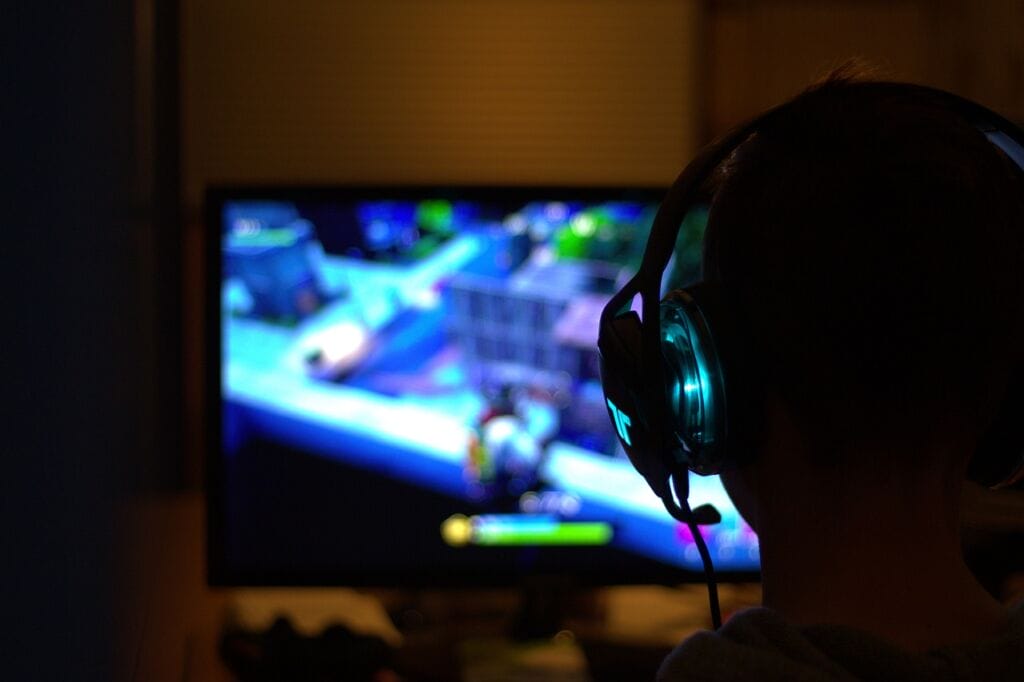Developing a video game is no longer a distant dream for many; it’s an achievable goal, even for those just starting in the industry. However, navigating the world of game development requires an understanding of several key stages. In this article, we will break down how to develop a game from scratch, offering insights into what it takes to create an engaging and successful title.

For more insights on game development and the indie gaming scene, visit our blog on https://rocketbrush.com/blog/what-are-indie-games-and-how-to-make-them-plus-10-most-popular-indie-games-in-2024.
What Are the Basics of Game Development?
Before diving into the specifics of how to develop a game, it’s essential to outline the foundational steps that all developers follow, regardless of the platform or genre. Whether it’s an indie title or a large-scale project, the process typically follows these phases:
- Concept Development: Every great game starts with an idea. This is where you determine the genre, storyline, core mechanics, and overall feel of your game. Defining your game’s unique selling points (USP) at this stage can help guide the entire development process.
- Game Design Document (GDD): The GDD serves as the blueprint for your game. It details everything from gameplay mechanics and level design to technical requirements and asset lists.
- Prototyping: Once you have a concept and GDD in place, it’s time to create a basic prototype. This is often a rough version of the game but serves as a proof of concept.
- Production: Here, the real development happens. Programmers, artists, and designers come together to bring the game to life. For art-related tasks, companies like RocketBrush can assist with outsourcing character design, environment art, and 3D assets, streamlining production.
How to Develop a Game: Breaking Down the Process
To develop a game successfully, there are specific steps that aspiring developers should follow to ensure a smooth development process. Let’s explore these essential steps further.
1. Choose the Right Game Engine
Choosing the right game engine is crucial. Popular engines like Unity, Unreal Engine, and Godot are frequently used by developers of all levels. When deciding which to use, consider the size of your game, the type of graphics (2D vs 3D), and the complexity of the mechanics.
| Game Engine | Best For | Popular Games Developed |
| Unity | 2D and 3D games | Cuphead, Hollow Knight |
| Unreal Engine | High-quality 3D | Fortnite, Gears of War |
| Godot | Indie 2D games | Kingdoms of the Dump |
2. Define Your Target Audience
Understanding your target audience is a crucial step in how to develop a video game. Identifying your audience helps in making key decisions related to game design, art style, and monetization models. Casual gamers, for example, tend to prefer games with simple mechanics, while hardcore gamers might look for complex, skill-based gameplay.
How to Develop a Video Game: Key Tools and Resources
Once you have a game idea and a target audience, the next phase involves gathering the necessary tools and resources.
1. Game Development Software
To create a fully-functional game, developers often rely on various types of software. These can range from graphic design tools to project management systems.
- Graphic Design Software: Adobe Photoshop, Blender, and Maya are popular for creating game assets, such as character models and environments.
- Version Control Systems: Git and Perforce are essential for tracking changes during game development. They allow teams to collaborate effectively, ensuring that no progress is lost.
- Sound Design: Tools like FMOD and Audacity can help with adding music, sound effects, and voiceovers to enhance player experience.
2. Outsourcing Game Art
For indie developers or smaller teams, outsourcing specific aspects of the project—like game art—can significantly reduce production time. For example, RocketBrush is an outsourcing studio specializing in creating high-quality 2D and 3D game art for game developers. By outsourcing, developers can focus on core gameplay mechanics while ensuring the visual aspect remains top-tier.
3. Testing and Iteration
After the game is developed, rigorous testing is essential to ensure a smooth user experience. This process, known as Quality Assurance (QA), involves identifying bugs, fixing gameplay imbalances, and refining user interfaces. Playtesting, both internal and external, provides valuable feedback on the game’s difficulty, enjoyment, and overall functionality. Early access releases or beta versions can help gather additional input from the gaming community, allowing developers to make final adjustments before the official launch.
4. Monetization and Marketing
The final steps in how to develop a game app involve deciding how the game will be monetized and promoted. Monetization strategies could include in-app purchases, premium pricing, or ads, depending on your target audience and platform. Equally important is marketing your game to ensure it reaches the right audience. Building a community through forums, game-specific websites, or streaming platforms can generate interest before release. Effective promotion can make the difference between a successful launch and a game lost in the vast sea of apps.
Final Thoughts on How to Develop a Game
By mastering the key stages of game development—from concept creation to testing and marketing—aspiring developers can transform their ideas into engaging and successful games. Whether working independently or with the support of outsourcing partners like RocketBrush, understanding the full development process is essential. The journey may be complex, but with the right tools, strategies, and creativity, anyone can create a game that resonates with players and stands out in the ever-growing gaming industry.
Looking for high-quality game art for your next project? Trust game art outsourcing studio RocketBrush to bring your vision to life with stunning 2D and 3D assets, character design, and environments.




